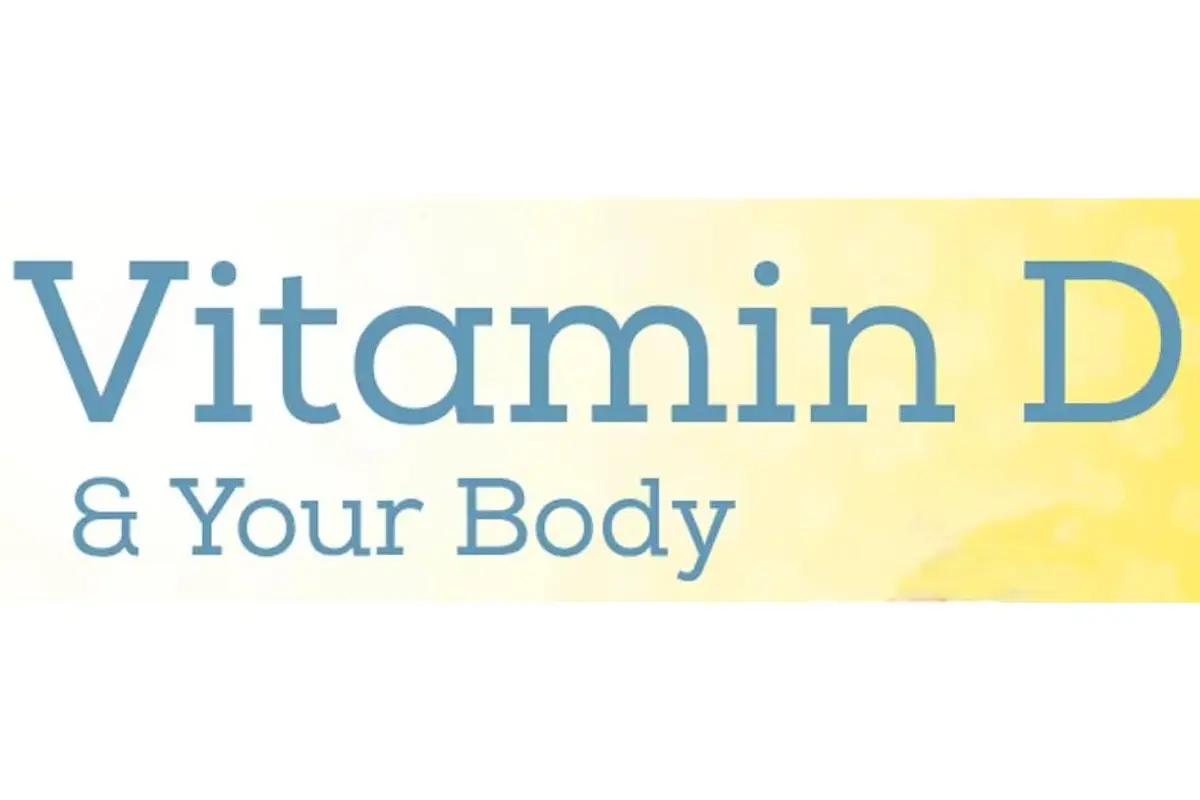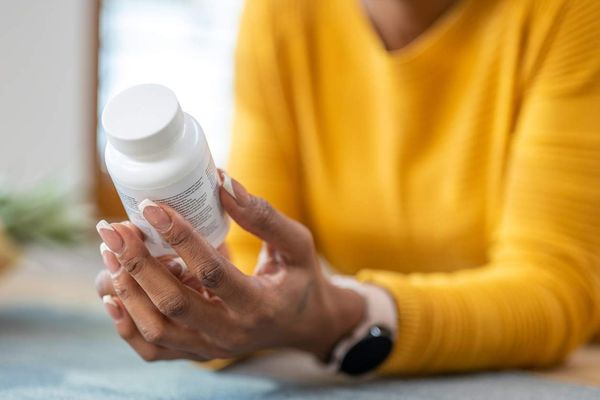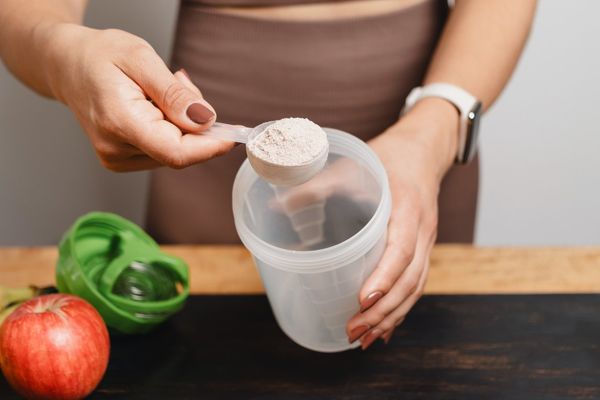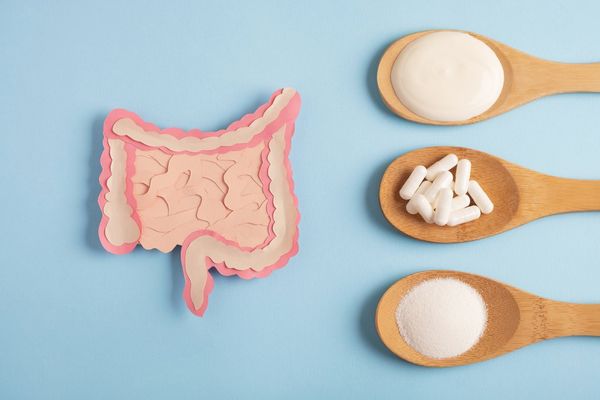When it comes to your long-term health, vitamin D is one of the crucial nutrients your body needs to keep running smoothly. Sufficient levels can reduce your risk of depression, high blood pressure, cancer and possibly diabetes. Having enough vitamin D also ensures the health of your bones and immune system.
Needless to say, it's important to make sure that you're getting enough, but where can you get vitamin D, and how much do you need?
Children age 1 and older and adults between the ages of 19 and 70 should get an average of 600 international units of vitamin D a day. The same amount is recommended for women who are pregnant or breastfeeding. Once you turn 71, your vitamin D intake should increase to about 800 IUs each day.
There aren't many foods that are naturally rich in vitamin D. Some of the best natural sources include fatty fish like salmon, tuna and mackerel, which are also rich in heart-healthy omega-3 fatty acids. Beef liver, cheese, egg yolks and mushrooms also have some vitamin D, but not as much. Your best bet is to eat foods that have been fortified with vitamin D, like milk, cereal, orange juice, yogurt and soy milk.
Your body can make its own vitamin D when you're exposed to sunlight. You can get some of your daily recommended amount by being outside in direct sunlight, but it's important to limit the time you spend in the sun to reduce your risk of sun burn and skin cancer. If you plan to be in the sun for more than a few minutes, wear sunscreen on the parts of your body that aren't covered by your clothes. Some experts recommend sun exposure to the arms and legs for 5 to 10 minutes at least twice a week. But even without sunscreen, it's nearly impossible to get enough D from sun exposure between October and April in most parts of the country. Shade, clouds and dark-colored skin also reduce the amount of vitamin D your body makes in the sun.
For the sake of your body, make it a point to eat vitamin D-rich foods or take a vitamin D supplement.
As with many nutrients, you can overdo it taking supplements. The safe upper limit for children 1 to 8 years is 2,500 to 3,000 IUs per day; for other children and adults (including women who are pregnant or breastfeeding), it's 4,000 IUs per day. More than that can damage your kidneys or cause toxicity, with symptoms of nausea, vomiting, appetite loss, constipation, weakness, weight loss, confusion or problems with heart rhythm. Vitamin D supplements also can interact with other medications, so be sure and talk to your health care provider if you think you need supplements.








